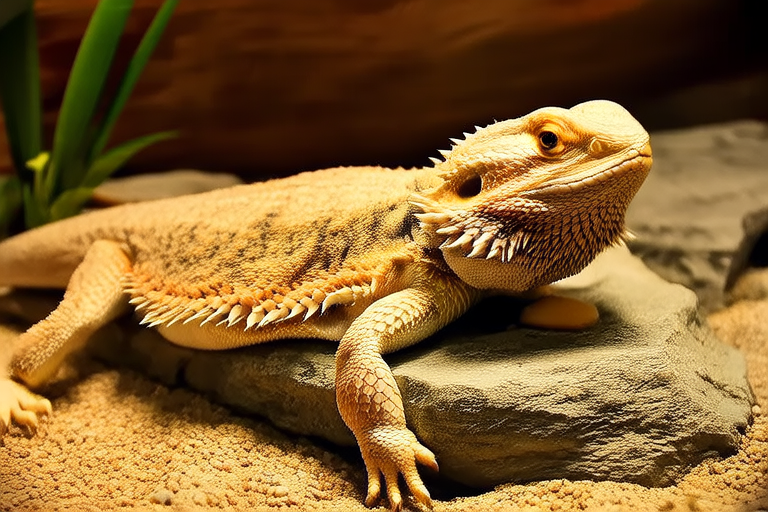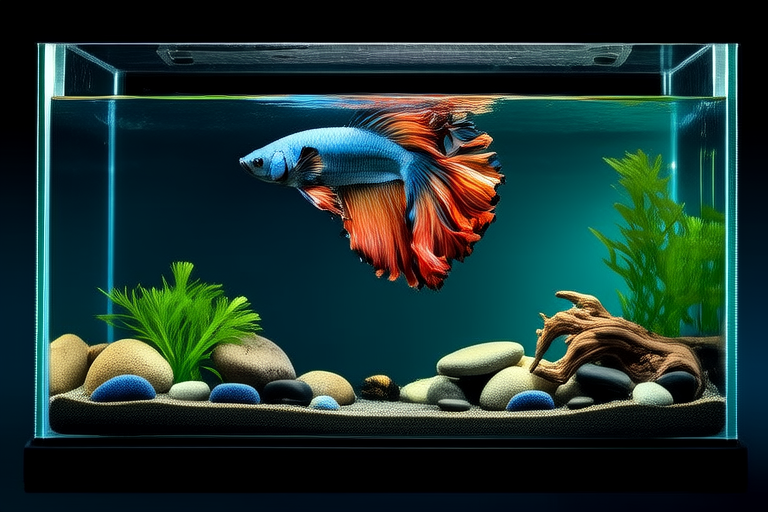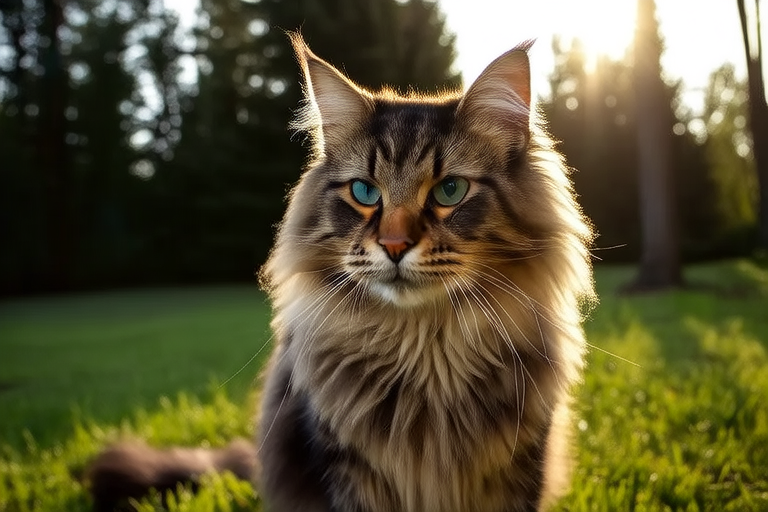
Top Secrets to Keeping Your Bearded Dragon Happy and Healthy
Welcome to the world of bearded dragon ownership! These charismatic reptiles are popular pets due to their friendly nature and relatively low maintenance. However, to ensure your bearded dragon remains happy and healthy, it’s crucial to provide optimal care in various aspects of its life. This comprehensive guide will walk you through the essentials, from diet and habitat setup to temperature control, lighting requirements, hydration, handling techniques, and common health issues.
Diet: A Balanced Feast for Your Bearded Dragon
Feeding your bearded dragon the right diet is fundamental to its well-being. Their diet should primarily consist of insects, vegetables, and fruits. For younger dragons, offer small crickets, dubia roaches, and mealworms. As they grow, increase the size of the prey items but avoid overfeeding. Feed juveniles daily and adults every other day.
Vegetables and fruits should make up about 20% of the diet. Opt for dark leafy greens like collard greens, mustard greens, and turnip greens. Broccoli, carrots, squash, and bell peppers are also good choices. Fruits can be offered sparingly as treats, focusing on nutrient-dense options such as berries and melons.
It’s important to gut-load feeder insects with nutritious food before feeding them to your dragon. Dusting the insects with calcium and vitamin D3 supplements ensures proper bone development and prevents metabolic bone disease. Consult your veterinarian or a reputable herpetologist for specific supplement recommendations based on your dragon’s age and health status.
Habitat Setup: Creating a Comfortable Home
The ideal habitat for your bearded dragon should mimic its natural environment. Use a glass terrarium with a secure screen top to allow ventilation while preventing escape. The tank should be large enough to accommodate your dragon comfortably, with a minimum size of 40 gallons for one adult dragon.
Provide a variety of climbing branches, rocks, and hides to encourage exploration and resting. A shallow water dish for soaking and drinking should also be included. Substrate selection is critical; avoid fine particles like sand or wood shavings that could cause impaction. Instead, opt for reptile carpet, paper towels, or ceramic tiles.
Temperature gradients within the tank are essential for thermoregulation. Install a heat lamp on one side of the enclosure to create a basking spot with temperatures between 95°F and 110°F (35°C to 43°C). The cooler side should range from 75°F to 85°F (24°C to 29°C).
Temperature Control: Maintaining Optimal Temperatures
Maintaining appropriate temperatures is vital for your bearded dragon’s health. Invest in reliable thermometers placed at both ends of the enclosure to monitor temperature gradients. Ensure that the basking area reaches the recommended temperature range, allowing your dragon to regulate its body temperature effectively.
Use a thermostat to control the heat lamps and prevent overheating. Avoid placing the tank near windows where direct sunlight can raise temperatures excessively. Regularly check the functionality of heating elements and replace any faulty equipment promptly.
Lighting Requirements: Providing Essential UVB Light
Bearded dragons require ultraviolet B (UVB) light for calcium absorption and overall health. Choose a high-quality UVB bulb specifically designed for reptiles and position it no more than 12 inches above the basking area. Replace the bulb every six months or according to the manufacturer’s instructions, even if it still appears functional.
Ensure that the UVB light source covers at least half of the tank’s length. Supplemental full-spectrum lighting can enhance coloration and mood, but it should not replace the essential UVB lighting. Position lights so they do not directly shine into your dragon’s eyes, causing discomfort or potential damage.
Hydration: Ensuring Proper Water Intake
Proper hydration is crucial for maintaining your bearded dragon’s health. Provide fresh water daily in a shallow dish, ensuring it is clean and accessible. Some dragons may drink directly from the water dish, while others prefer to lap up droplets of misted water.
Misting the enclosure occasionally, especially during shedding periods, helps maintain humidity levels and encourages drinking. Monitor your dragon’s hydration by checking its skin turgor and stool consistency. Signs of dehydration include sunken eyes, wrinkled skin, and infrequent urination.
Handling Techniques: Building a Bond with Your Dragon
Gentle and consistent handling is key to building trust with your bearded dragon. Start by allowing it to acclimate to its new environment before attempting to handle it. Gently scoop your dragon from underneath, supporting its entire body. Avoid pinching or squeezing, and always wash your hands before and after handling to prevent the transfer of bacteria.
Respect your dragon’s space and signals. If it displays signs of stress, such as flattening its beard, puffing up, or biting, give it time to calm down. Handling sessions should be short and positive, rewarding your dragon with treats or gentle petting to reinforce a trusting relationship.
Common Health Issues: Recognizing and Addressing Problems Early
Despite your best efforts, bearded dragons can develop health issues. Metabolic bone disease (MBD), caused by calcium deficiency, manifests as weak limbs, swollen jaw, and lethargy. Respiratory infections lead to labored breathing, nasal discharge, and wheezing. Parasites can cause weight loss, diarrhea, and general weakness.
Regular veterinary check-ups are essential for early detection and treatment of these conditions. A qualified herpetologist or exotic animal veterinarian can perform thorough examinations, including blood tests, fecal exams, and X-rays when necessary. Prompt intervention often leads to successful recovery.
Environmental Enrichment: Mental Stimulation for Your Dragon
To keep your bearded dragon mentally stimulated, provide opportunities for exploration and play. Rotate toys and decorations periodically to maintain interest. Introduce novel objects gradually, observing your dragon’s reaction to ensure safety.
Interactive feeding methods, such as hiding insects in crevices or offering puzzle feeders, challenge your dragon’s problem-solving skills. Encourage natural behaviors by creating varied terrain within the enclosure, incorporating different textures and elevations.
Conclusion: Commitment to Your Dragon’s Well-Being
By following these guidelines, you’ll provide your bearded dragon with a nurturing environment that promotes happiness and longevity. Remember that each dragon is unique, requiring individualized care tailored to its needs. Stay informed about advancements in reptile husbandry and consult experts when necessary.
With dedication and love, you’ll enjoy a rewarding companionship with your bearded dragon. Take pride in being a responsible owner who prioritizes the health and happiness of this remarkable reptile.




